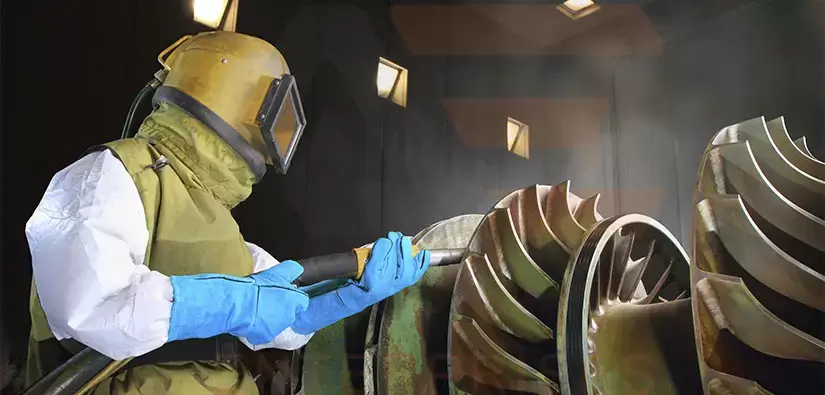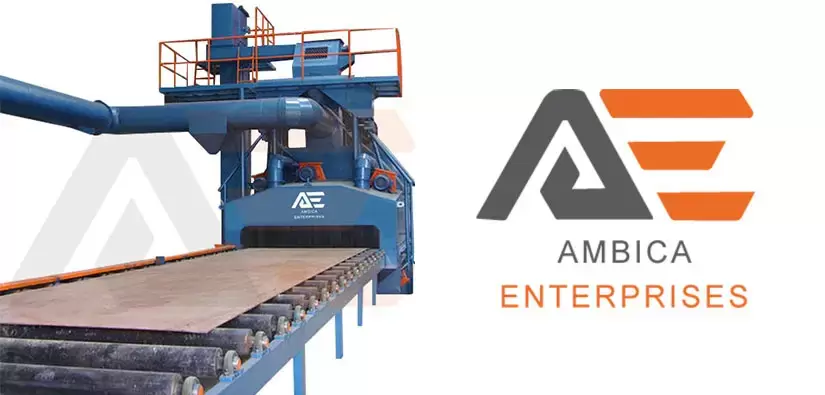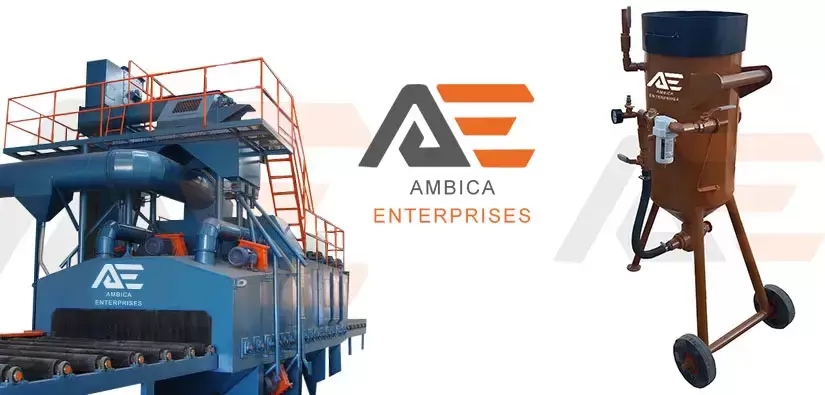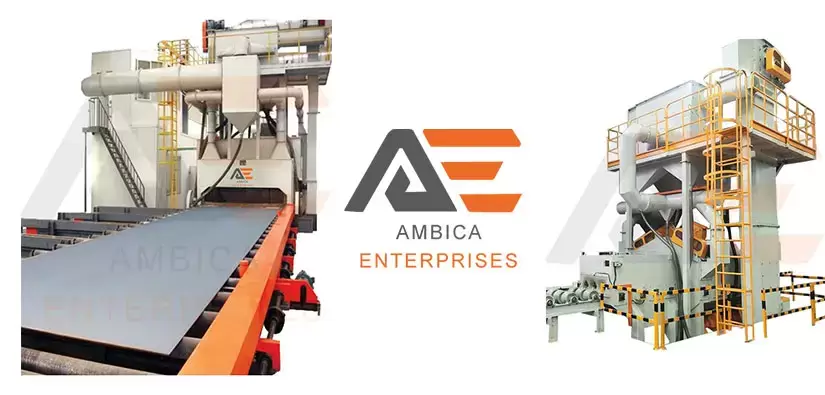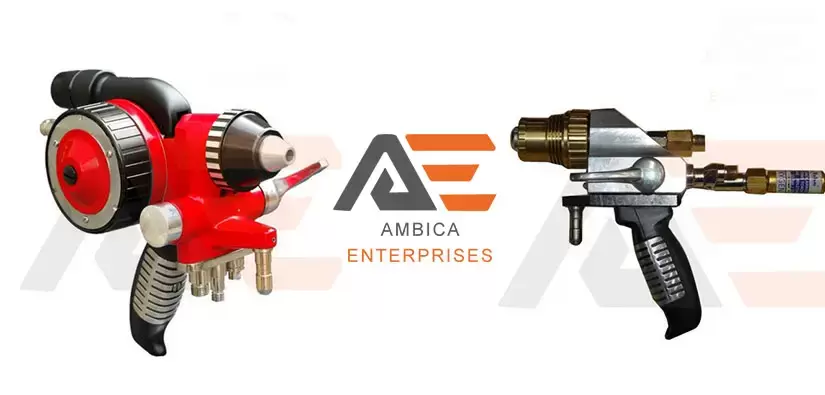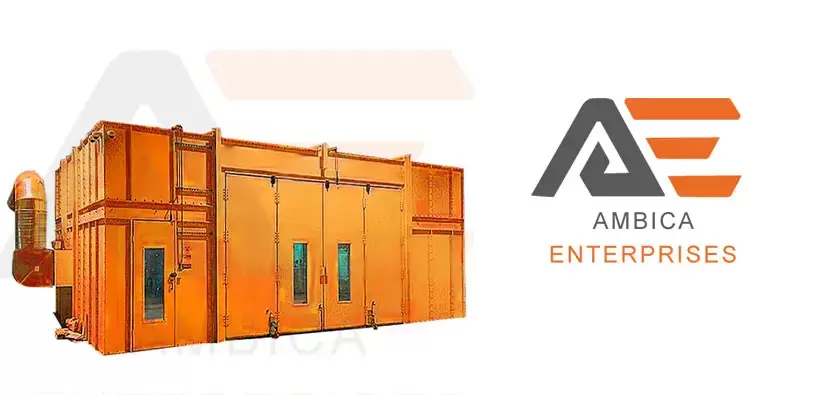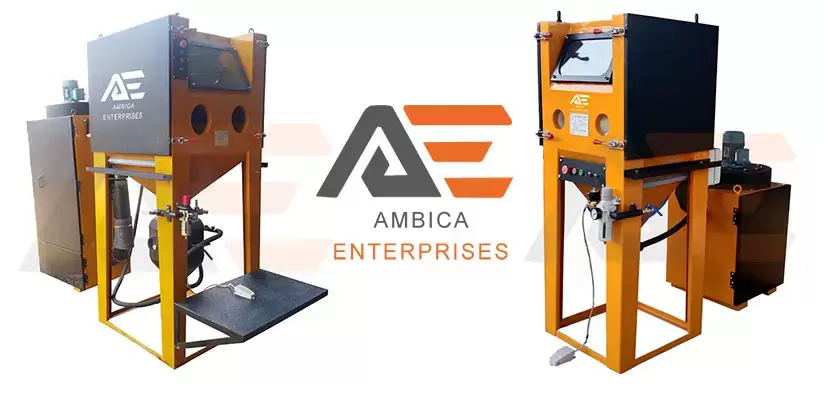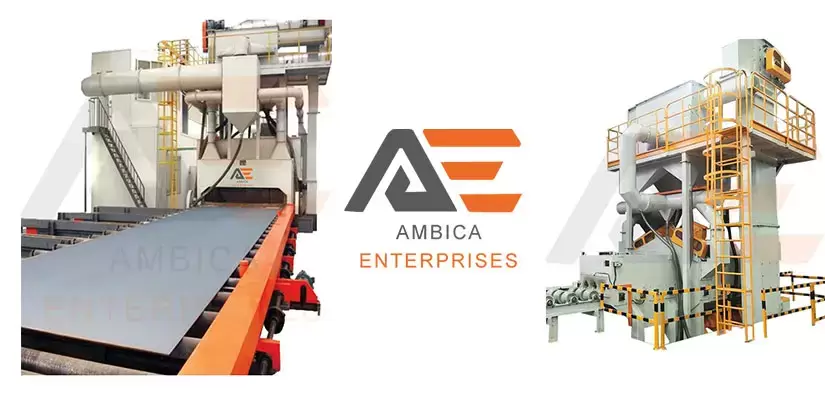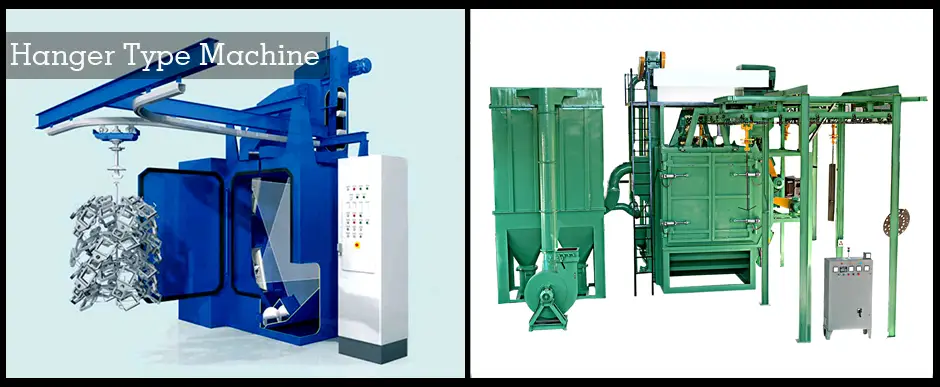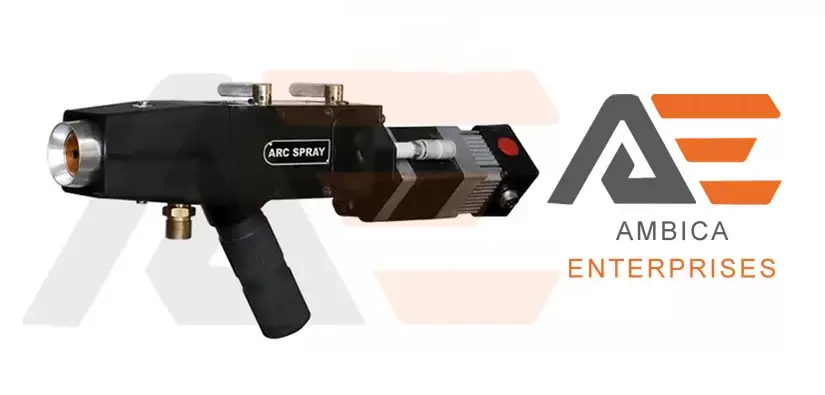
Twin Wire Arc Spray Gun is a gun in which two wires anode and cathode respectively fed into the gun. When two wires touched it creates a spark and causes heating of those wires.
Through which molten metal is poured onto the subject. The arc spray gun process is a common commercial thermal spray process.
Twin Wire Arc the coating is applied using a spray torch, which brings two electrically energized feedstock wires together. When the wires cross, an arc, similar to a welding arc, forms between the wire tips and causes them to melt. A gas stream injected behind the arcing wire tips atomizes the molten feedstock material and propels it downstream. When molten droplets of the feedstock material encounter the substrate the droplets flatten, solidify, and form a coating containing the characteristic lamellar structure associated with thermally sprayed materials. The electric arc process is just powered by electricity, avoiding the need for process gasses other than atomizing air. Our in-shop and on-site options balance scale and convenience requirements to match your needs. These guns apply coatings for restoration and protection from corrosion, wear, and erosion.
Features of Twin Wire Arc Spray Gun
Twin arc spray gun is an economical technique of thermal spraying and has become popular in the industry. Because it combines low operating and equipment costs with high material and energy efficiency. The coatings produced in the Twin wire arc spraying process usually have a greater porosity and lower adhesion strength than those obtained from other thermal spray coating processes, making them of relatively poorer quality. Twin wire arc spray has a large range of industrial applications. There are two ways to drive wire by compressed air and Motor driven. Fundamentals of twin arc spray gun We also provide an extension jet for spray guns for small diameter subjects. It uses abrasive media as a wire only other abrasive can't be used in arc spray gun.
There are different specification type of arc spray gun :-
- 200Amps
- 400Amps
- 600Amps
Why Apply Arc Spray Coating
Metal coatings such as zinc, zinc/al, and aluminum are anodic to steel. Galvanizing and arc sprayed coatings both protect steel by forming a protective anodic layer over the steel. Because anodic coatings are used, they will self-destruct to absorb the corrosion that nature intended for the steel. Arc spraying coatings differ from galvanizing slightly in that they produce a more porous and pure coating, whereas galvanizing absorbs iron into the coating. The arc sprayed coating contains no iron. Furthermore, the porous arc sprayed coating accepts sealer coatings readily. The sealer will penetrate the coating, reducing exposure and slowing the dissolution process caused by steel galvanic corrosion protection.
As a result, the arc sprayed coating life is much longer than that of galvanizing, and the amount of zinc exposed for dissolution is controlled by the sealer, allowing steel to be corrosion protected for more than 50 years. Steel is also galvanically protected by aluminum wire or zinc-aluminum alloys wire. In a highly aggressive corrosion environment, these materials can provide longer life protection. These materials dissolve more slowly than pure zinc; however, in the more aggressive anodic couple, they provide adequate protection to steel.
Wire Arc Spray Gun Advantage
Wire arc spray gun coatings are gaining potential due to lower operating costs. higher material output per hour, and production of a more coarse coating than the Plasma or HVOF methods. Wire Arc coatings are exceptionally suited for the dimensional restoration of both is-machined, worn parts and also provide on-site solutions. Hence offers versatility and high reliability.
Twin Wire Arc Wire Thermal Spray System
A twin wire arc wire thermal spray system generates heat from the high current of an arc formed between two wires. This is the heat source that will melt the material to be sprayed, with an estimated temperature of 20,000°F.
The spray material is two wires that are fed together with the wire contact guides inside the gun. After melting in the arc, the liquid metal is atomized by compressed air injected around the arc. The atomized molten metal now forms a columned stream that looks like a spray paint pattern, except it's molten metal. The molten metal stream is deposited on the component to be coated at a thickness ranging from.0005′′ (.0127mm) per pass to.003′′ (.0762 mm) per pass.
